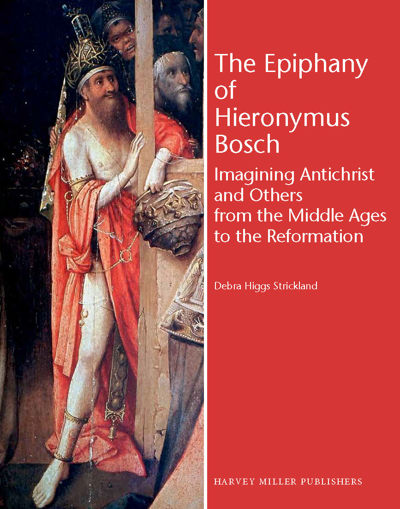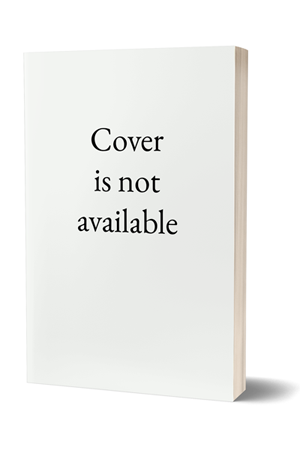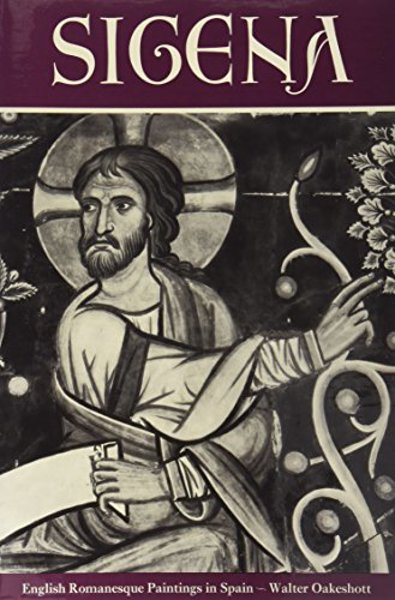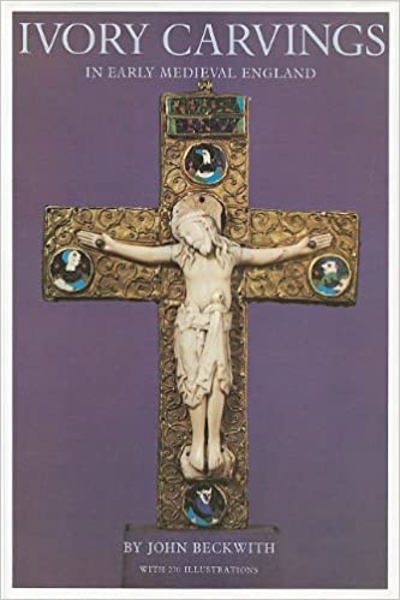
The Façade Reliefs of Orvieto Cathedral
Anita Fiderer Moskowitz
- Pages: 245 p.
- Size:220 x 280 mm
- Illustrations:199 b/w
- Language(s):English
- Publication Year:2009
- € 90,00 EXCL. VAT RETAIL PRICE
- ISBN: 978-1-905375-27-1
- Hardback
- Available
"The photographs alone will be a great help to both scholar and lay reader alike, and the highly readable text provides a very reliable up-to-date resume of the current scholarship on these extermely significant works of of late medieval, or, as some would say, early Renaissance, Italian sculpture." (Roger Tarr, in: The Art Book, Volume 17, Issue 4, Nov. 2010, p. 52)
The corpus of photographs by David Finn, taken specially for this publication, shows the skill and narrative details of this vituoso display of relief carving, while the text by Anita Fiderer Moskowitz, Professor of Art History at the State University of New York, Stony Brook, explains the building in the context of related Italian Gothic architecture, and discusses the problems and controversies regarding the design and ornamentation of the façade as well as the puzzling question as to its artistic attribution. The author also interprets the basic iconography of the sculptures and provides full descriptions for the detail images.
200 pages, 180 illustrations, Bibliography





